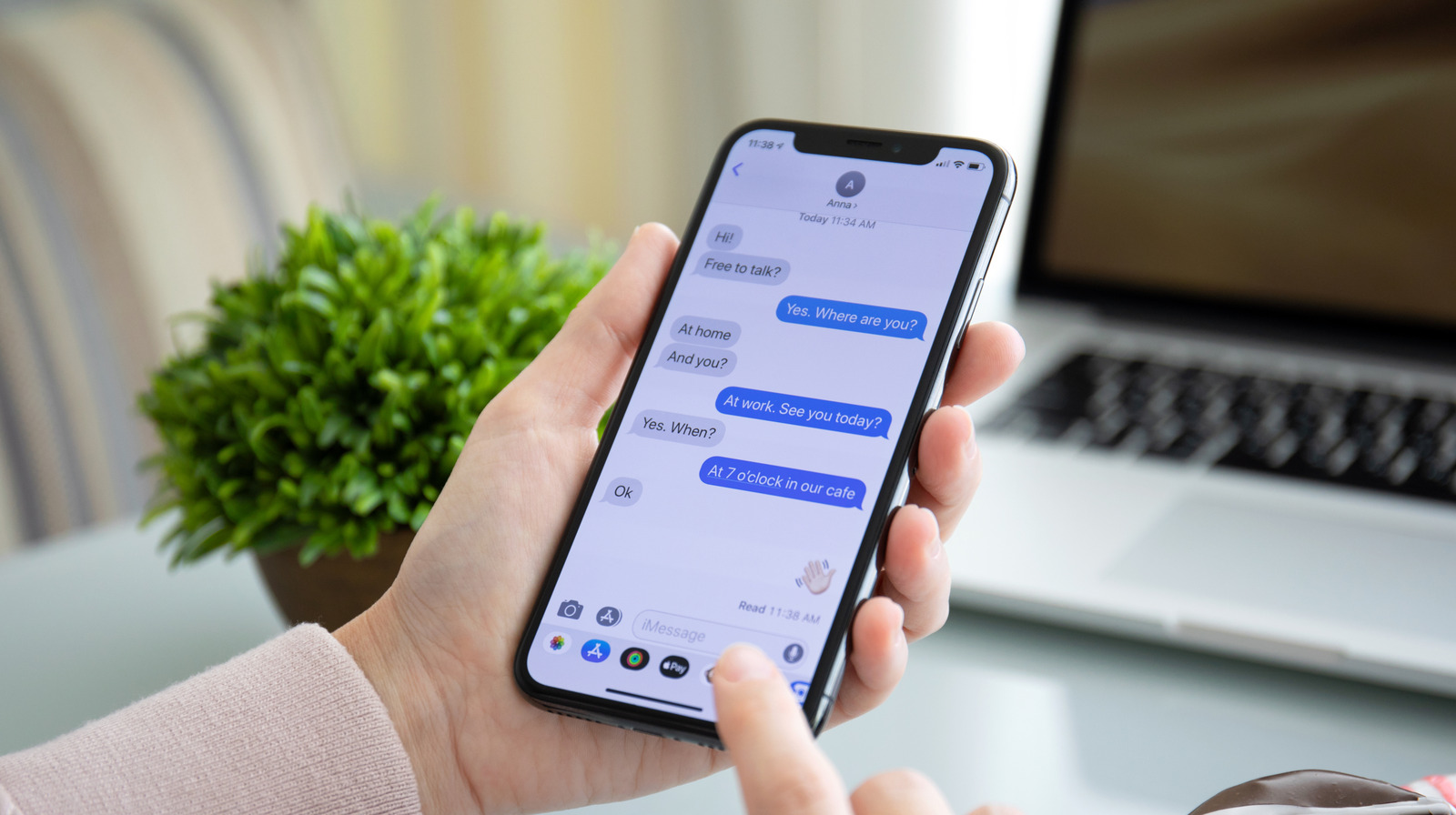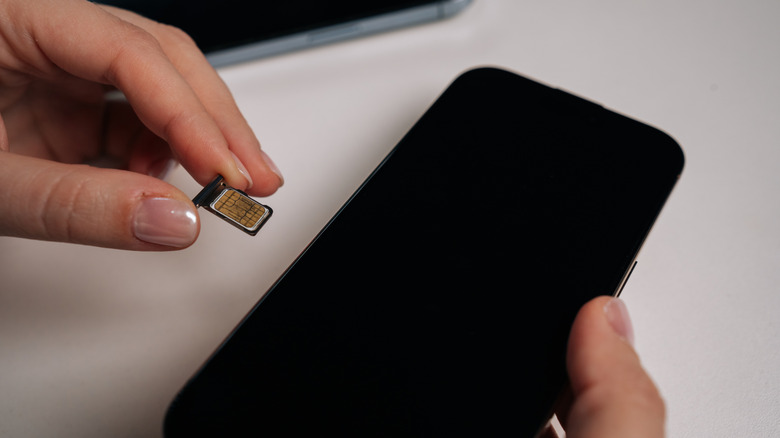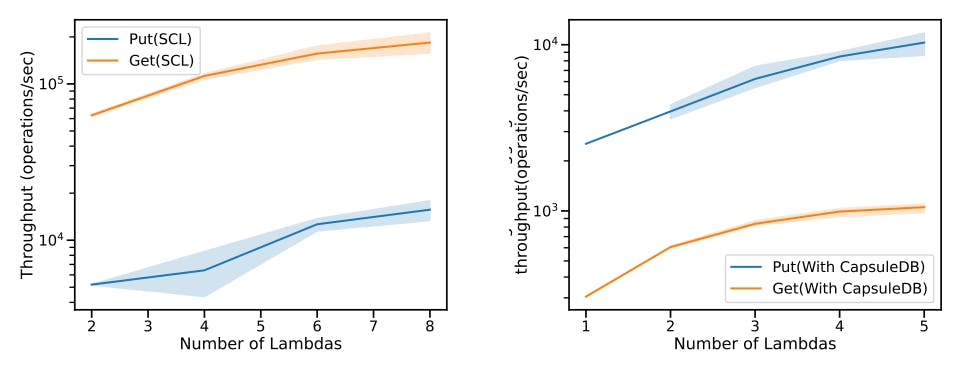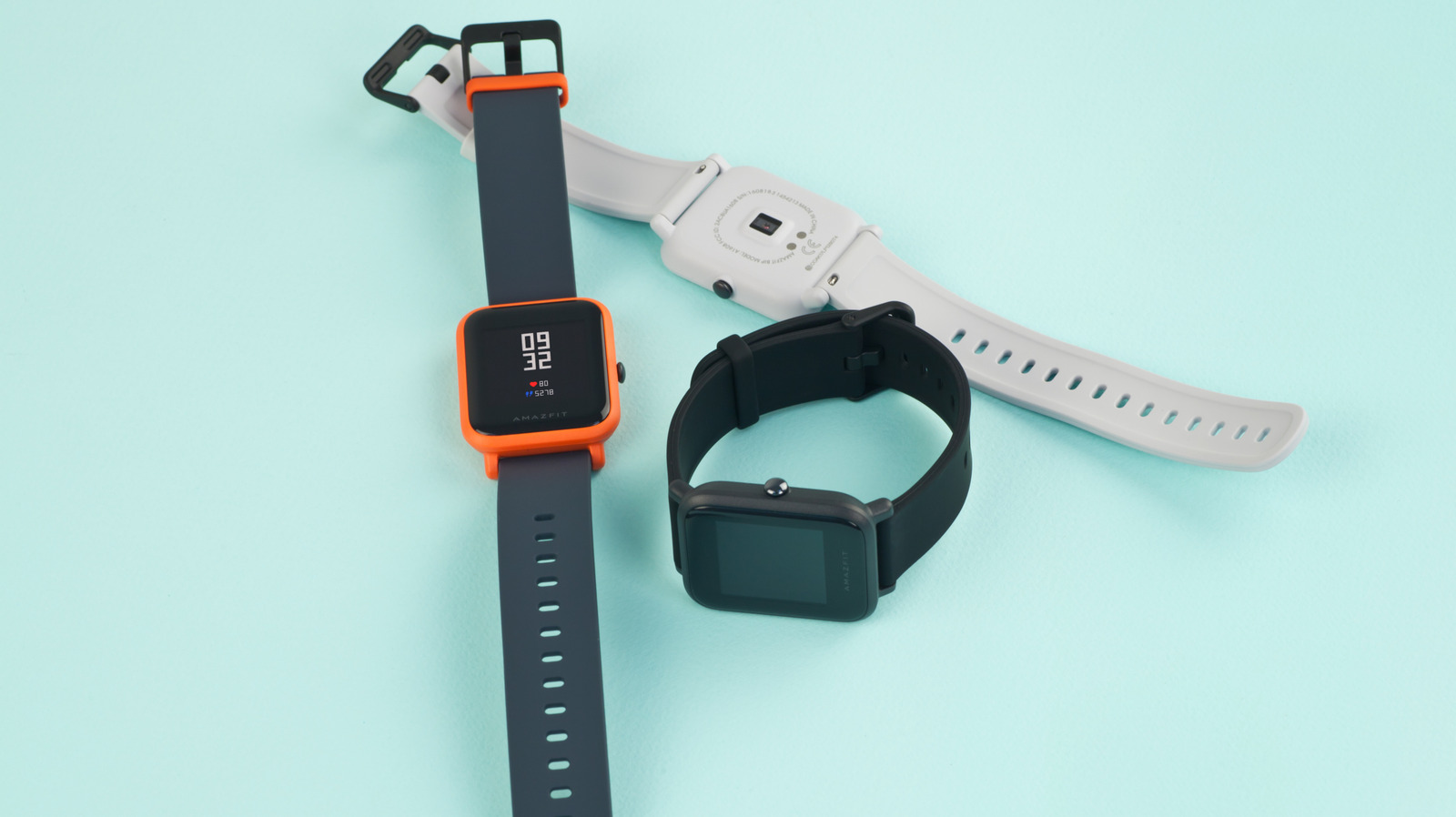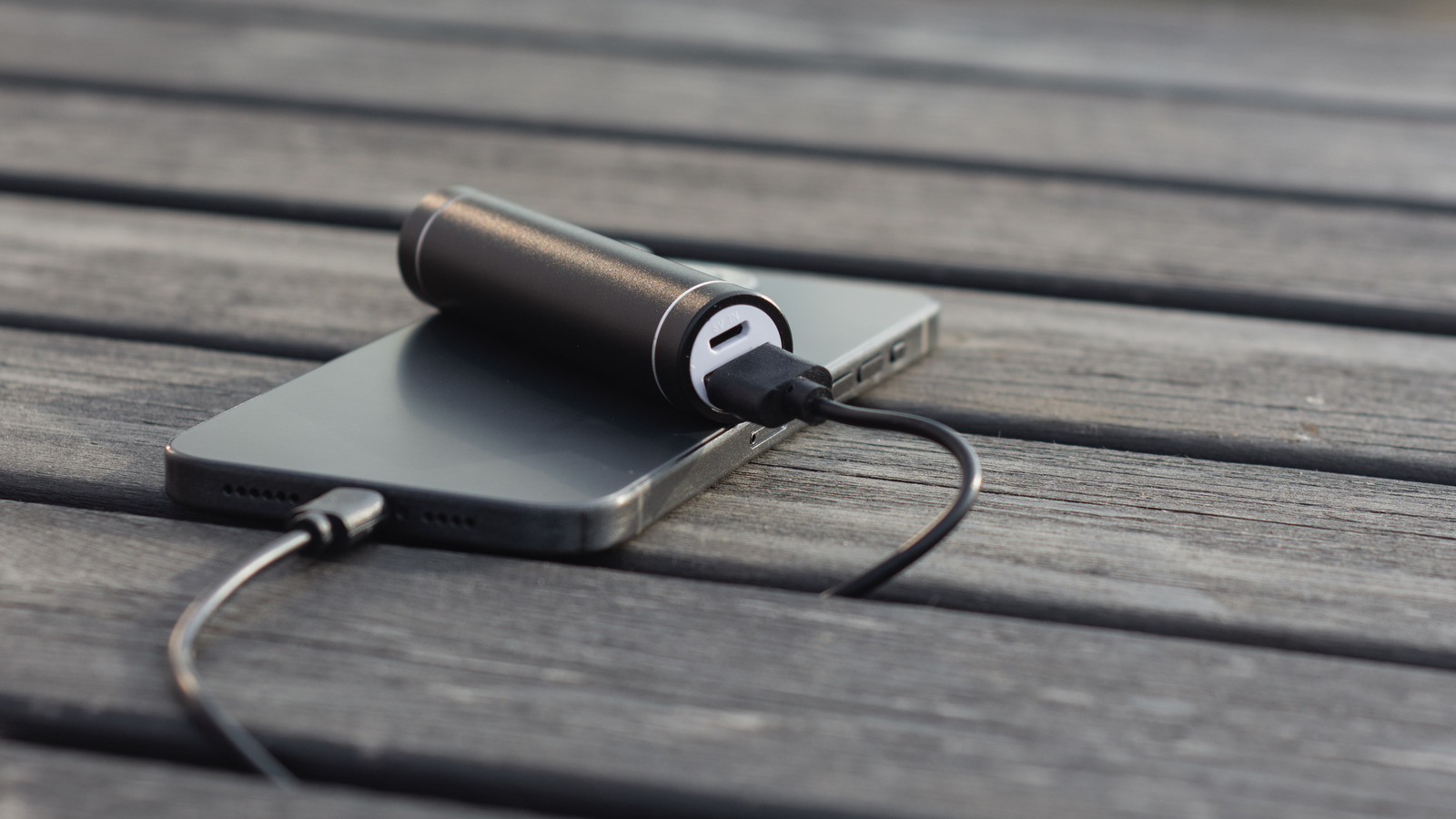Since the release of iOS 26 in September, iPhone users have experienced myriad issues. Whether it was the Calendar bug which made it difficult to search for specific keywords or the fact that some users being unable to download Apple Intelligence, there have been a few kinks for Apple to iron out. However, it seems yet another bug has reared its head, and this one is even more impactful.
The bug is tied to iMessage, which is Apple’s iPhone-only instant messaging service, and it’s fueled a series of debates about the importance of blue bubbles and green bubbles. This particular bug, though, is tied to the phone number that you use to sign up for iMessage.
According to Apple support documents, it seems some people have been running into an issue where they are unable to activate iMessage using their phone number. This effectively keeps them from being able to use iMessage, cutting them off from Apple’s increased privacy features which are built into the iPhone by default.
What’s the deal?
Apple says that this issue is most likely caused by the system detecting an inactive SIM with the same phone number located in the device you are using. This can happen for a number of reasons, including but not limited to changing phone carriers or just having an old SIM card in your device after switching to eSIM on your mobile carrier.
At that point, the only solution is to delete that inactive SIM. To do this, open the Settings app on your iPhone, then tap Cellular, and from here, you will need to check to see if your phone displays two different SIMs using the same phone number. If you do have multiple SIMs located in your cellular settings, then you need to delete the inactive one.
If the inactive SIM card is a physical card, you’ll simply need to remove it from your iPhone. However, if it’s an eSIM, you’ll need to tap Delete eSIM to remove that inactive SIM. Once you’ve accomplished this, you need to make sure iMessage can be activated. Open your Settings app once more, tap Apps > Messages > Send & Receive. Now, tap the phone number that you want to use to activate iMessage. If you continue to have issues with iMessage not working after installing iOS 26, then the solution might be more complicated. Thankfully, Apple also provides other support documents, so you can dig in and figure out what’s going on.

